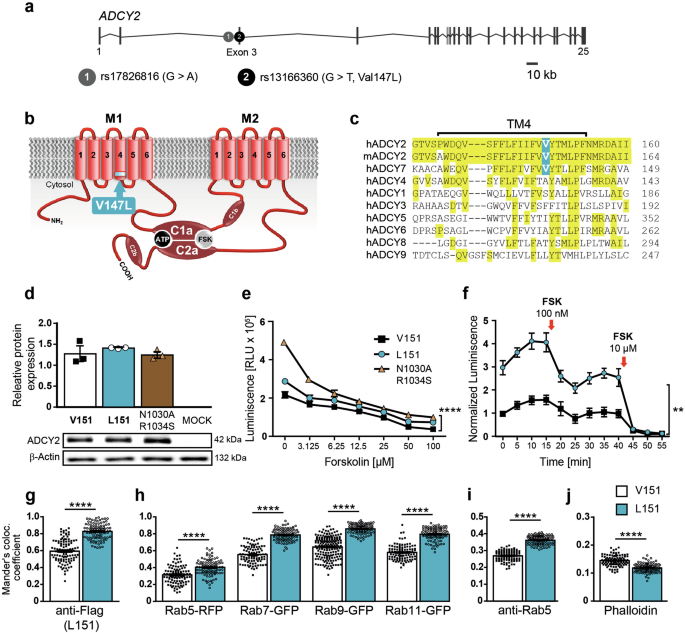2024-08-13 カリフォルニア大学バークレー校(UCB)
<関連情報>
- https://news.berkeley.edu/2024/08/13/how-color-shapes-which-animals-we-fear-and-which-we-protect/
- https://link.springer.com/article/10.1007/s10745-024-00492-7
希少性と象徴性: カリスマ的な色彩形態に対する人間の認識を理解する Of Rarity and Symbolism: Understanding Human Perceptions of Charismatic Color Morphs
Tyus D. Williams,Samantha E. S. Kreling,Lauren A. Stanton,Christine E. Wilkinson,Cesar O. Estien,Christopher J. Schell &Elizabeth J. Carlen
Human Ecology Published:16 April 2024
Published:16 April 2024

Abstract
Coloration in wildlife serves numerous biological purposes, including sexual selection signaling, thermoregulation, and camouflage. However, the physical appearance of wildlife also influences the ways in which humans interact with them. Wildlife conservation has largely revolved around humans’ propensity to favor charismatic megafauna, but human perceptions of wildlife species extend beyond conservation measures into our everyday interactions with individual wildlife. Our aesthetic appreciation for different species interplays with culture, lore, and the economic interest they carry. As such, one characteristic that may underpin and interact with social drivers of perception is the coloration of a particular individual. We provide case studies illustrating the dynamism in interactions people have with conspicuously colored wildlife – i.e., individuals that vary from their species-typical coloration. We focus on melanism, leucism, and albinism across four species commonly thought of as pests in the United States: coyotes (Canis latrans), eastern gray squirrels (Sciurus carolinensis), white-tailed deer (Odocoileus virginianus), and black-tailed deer (O. hemionus).


